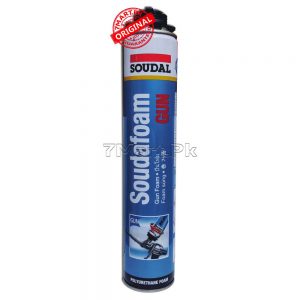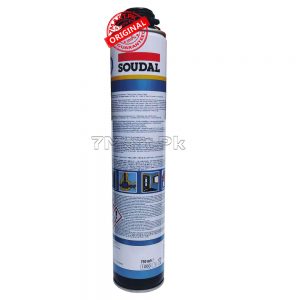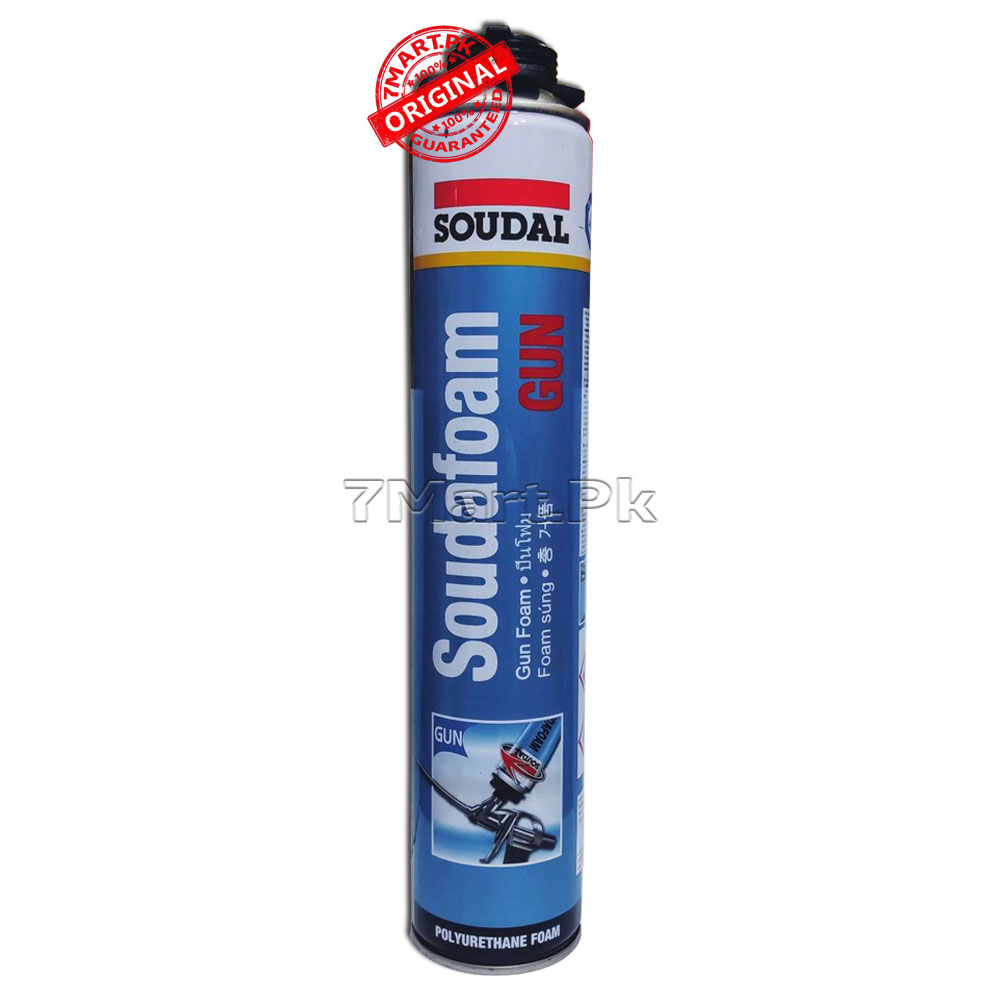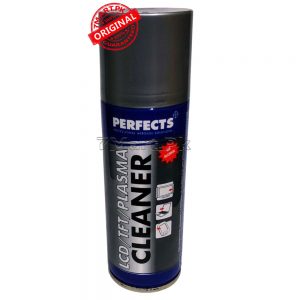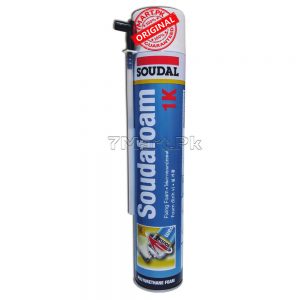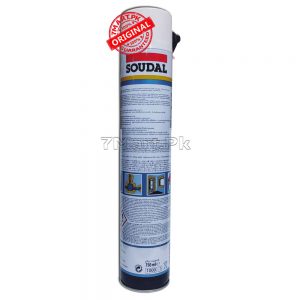Soudal SoudaFoam GUN
Soudal Souda-Foam is a one-component, self-expanding polyurethane foam with CFC-free propellants that are completely harmless to the ozone layer. It requires the use of a specialized PU foam gun; this gun allows for ergonomic application and for achieving its large filling capacities. With its super-high-yield formulation and an expansion value of up to 57x, each 750 ml can of Soudafoam Gun can be expected to create up to 43 litres of cured foam.
Excellent adhesion on most substrates (except PTFE, PE, and PP).
High thermal and acoustical insulation.
Superb filling capacities.
Excellent stability.
Water-resistant, and capable of creating a waterproof barrier.
Features
Following are the features of Soudal Souda-Foam.
Super high yield formulation to achieve large running metres and filling capacities.
Requires a PU foam gun (sold separately) for application and to achieve superior foam properties and yield.
Self-expanding to easily fill up large gaps and cavities.
Open-cell technology for faster curing times, better insulation, and higher strength.
Excellent dimensional stability means no excessive curing and post-expansion pressure.
Will not shrink or collapse.
Can even be used as an insulating adhesive for mounting and bonding.
Superb shelf-life with little degradation of performance after storage.
Made in Belgium by the one of the world’s largest PU foam manufacturers.
How To Use
Always shake the can aggressively before application.
Spraying a fine mist of water on the substrate may promote adhesion and cell structure.
Screw a PU foam gun on to the threaded adapter on the can.
Turn the can upside down (gun right-side up) to extrude the foam.
Fill gap up to 60% – 80%, and allow for self-expanding properties to fill the rest.
Allow foam roughly 3 hours to expand and cure.
Cut away excess foam from the joint if necessary.
To prevent blockage, PU foam guns must be cleaned with PU Gun and Foam cleaner after use.
Applications
Following are the applications of Soudal Souda-Foamthat we have to read :
Installation of window frames.
Installation of doorframes.
Filling of cavities.
Sealing of all openings in roof constructions.
Creation of a soundproof screen.
Mounting and sealing of window doorframes.
Connecting of insulation materials and roof constructions.
Application of a soundproofing layer on motors.
Improving thermal insulation in cooling systems.
Installation of air conditioners.
Bonding of insulation panels.
